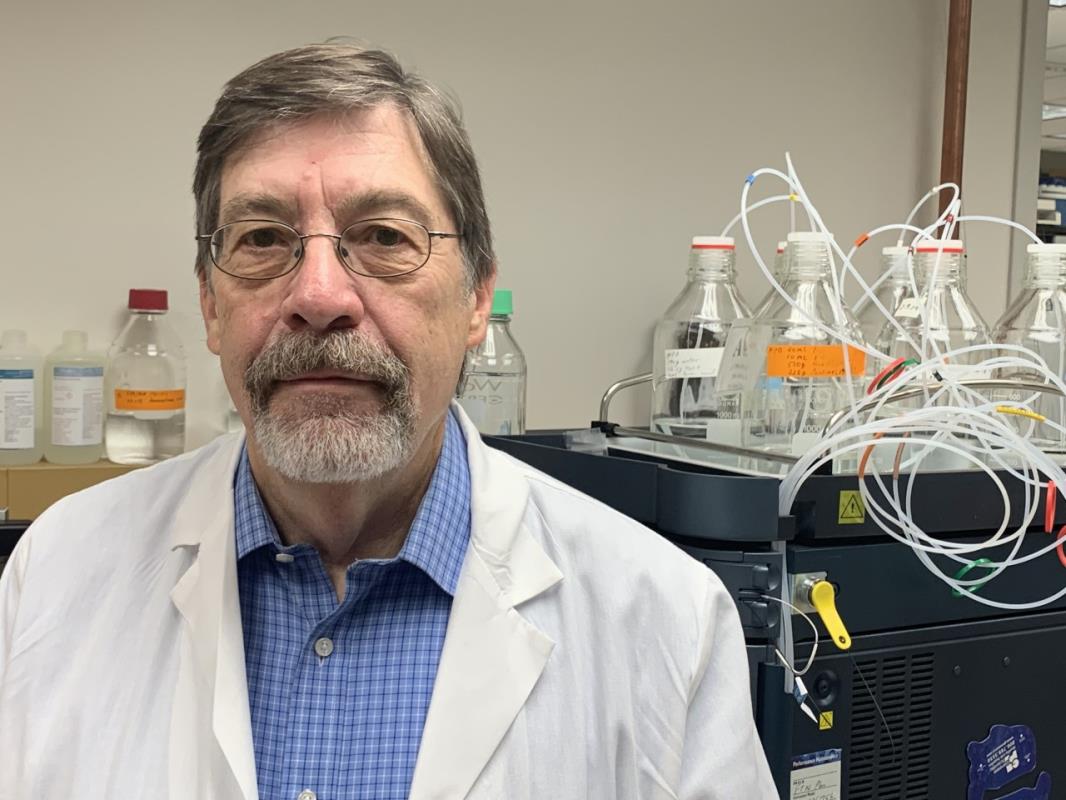6/17/2025
Ultrasound imaging is a widespread and inexpensive non-invasive diagnostic technique. Ultrasound contrast agents offer a flexible platform that can be used for diagnostic imaging as a blood pool marker (tissue…
6/17/2025
Almost every aspect of the biochemical, biomedical and clinical sciences involves separation of species in complex matrices. Electrophoresis has been a benchmark technique for separation and characterization of biologically-active species.…
6/17/2025
Our research investigates the biology of the lipid mediator, sphingosine 1-phosphate (S1P). S1P concentration gradients are known to influence immune cell positioning. Indeed, S1P type 1 receptor agonist drugs are…
6/17/2025
Our laboratory studies macromolecular structures with an aim toward an in-depth understanding of structure-function relationships. X-ray diffraction analysis is our primary research tool, but we also employ other physical and…
6/17/2025
The Price Laboratory in the Department of Biomedical Engineering at the University of Virginia has two major areas of research interest. The first centers on the use of image-guided focused…
6/17/2025
Understanding how gene expression is regulated in response to signals from both inside and outside the body plays a critical role in allowing us to adapt to changes in the…
6/17/2025
Our research covers several related but different areas. One of the major areas of research is the development of state of art instrumentation for biological studies. These have included the…
6/21/2025
Our research focuses on the molecular basis of smooth muscle contraction, the role of RhoA GTP exchange factors (GEFs) and GTP activating proteins (GAPs) in smooth muscle signaling, and identifying…
6/17/2025
Our lab studies the structure and function of several membrane proteins of clinical importance in their natural membrane environment. We are also interested in the roles that membrane lipids play…










